
34 posts
Bunker-blya - Tumblr Blog
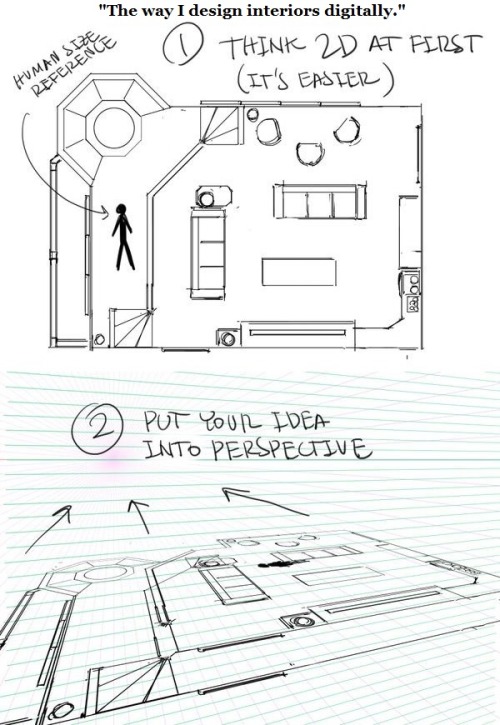

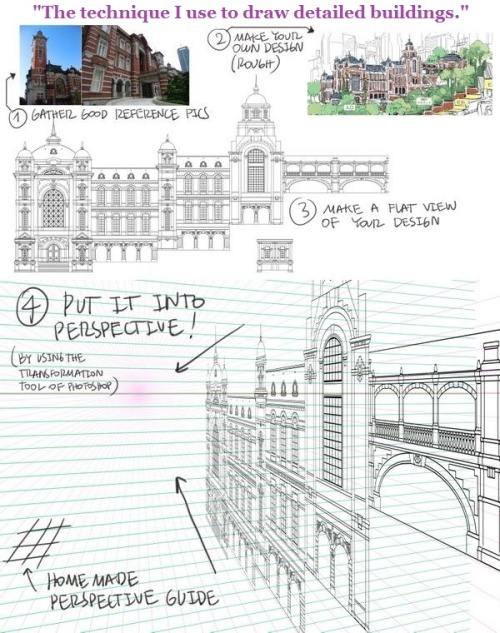
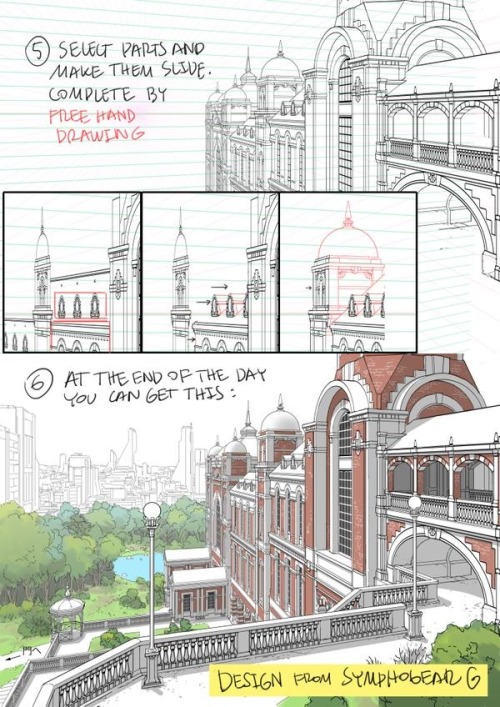




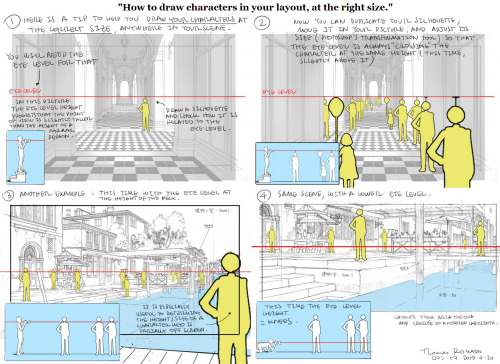
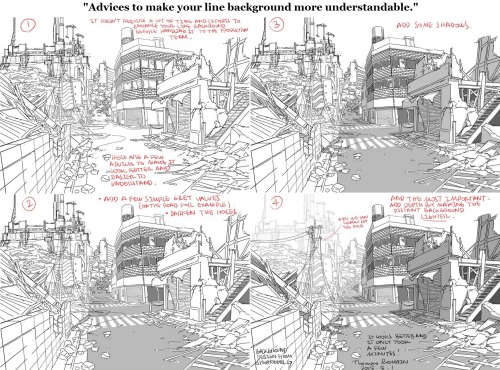
A master post of Thomas Romain’s art tutorials.
There’s not enough space to post all of them, SO here’s links to everything he has posted (on twitter) so far : 1 2 3 4 5 6 7 8 9 10 11 12.
Now that new semesters have started, I thought people might need these. Enjoy your lessons!










Story Composition Tutorials Composition for Dummies Camera Lens Choise 2-D and 3-D Boarding







‘Iron Man’ The Animated Series by Guillaume Degroote
How’d you learn to draw mechas? I’ve been wanting to try that myself for a while, and I know as an artist that the only way to learn is to just Do it, but it’s so daunting! I have no idea where to begin. Do you have any advice or tips? Thank you for your time!
Okay first of all, sorry to take so long to answer. I really wanted to draw some pics for this, and the last weeks have been quite busy.
1. Draw from the reference

Drawing is like learning a new language: You can’t say you wanna learn English and then just start making up your own words because you think that finding words in the dictionary is cheating - It doesn’t make sense. Find a super cool robot picture and try to copy it. These are called “studies” for a good reason. You’re studying the vocabulary of those drawings. Many times people don’t share their studies since it’s only for the practice. But don’t study just one person. You don’t want to become that person - you want to become better! And if you post your study online, don’t forget to credit the original artist!
2. Try different techniques

One of my favorite techniques is something I call color blocking - I’m not sure if it’s an actual term or just something I came up with. I kind of carve the silhouette of the robot with one color and then I add a second color and carve the details in. I do this also if I have a picture with lots of characters and I want to make sure everything reads correctly. But these are all personal matters. Try different techniques until you find a one that works for you. And remember to flip your canvas!!
3. Try different brushes

My favorite brushes vary, but these three are the ones I keep using more than the others. Kyle’s brush I got used to while I was working on my freelance work - it just feels good to draw with. The square one is really fun to work with in mecha designs, and the basic one also feels surprisingly good while drawing. Sometimes I just grab a new brush, start doodling, and end up with a decent piece.
4. Symmetry vs. asymmetry

This one I included especially because I’m talking about robots. Breaking up the machines with asymmetrical parts gives them more character BUT it’s important to keep the symmetry in mind. If I do a robot that has a one big arm and one small arm, I later make sure that most of the other parts are symmetrical. This way the asymmetry is the choice rather than a mistake.
5. Draw from the reference (!!!)

Yes, I added this the second time because I really feel it’s important! I use Pinterest all the time - I have a board with over 1000 pins of robots! There are paintings from my favorite robot artists, 3D models of super cool robot designs, and even photos of real robots all collected in one place. And for anyone who feels “wrong” doing this: Finding reference DOESN’T mean copying - it can be just an idea or inspiration: It’s finding the language you want to use. Sure you won’t need the reference as much later on as you build your own “shape-vocabulary” - just like you won’t need your dictionary after you have learned the words you use.
6. It doesn’t have to be perfect

I’m never 100% happy with my work. But I have learned to say “oh well” and move on. Next time I’ll do better.
7. BE PROUD!

Don’t talk down your own work no matter how much you’d like to. If you’re not standing behind your drawings, who will? Sure you do see the mistakes, but it’s still a great piece of art you made!
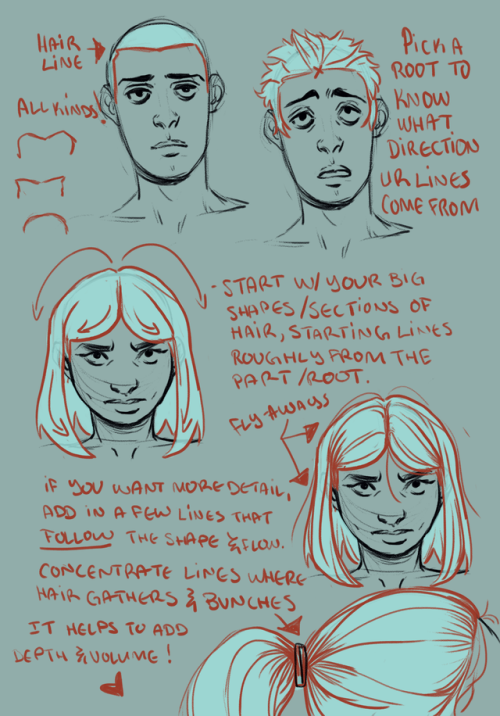
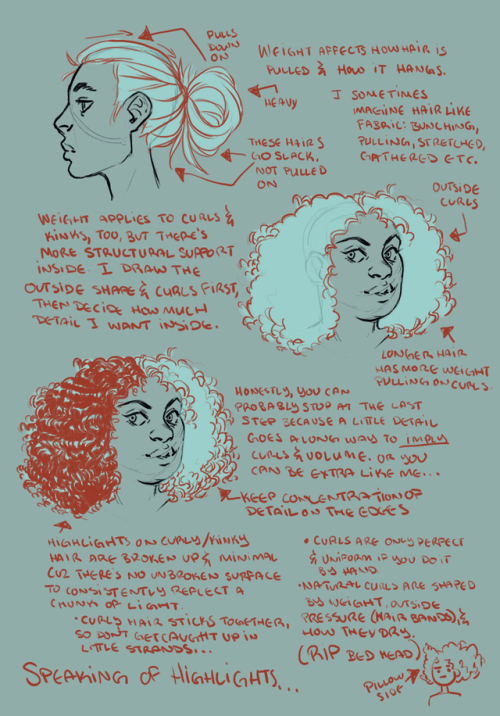
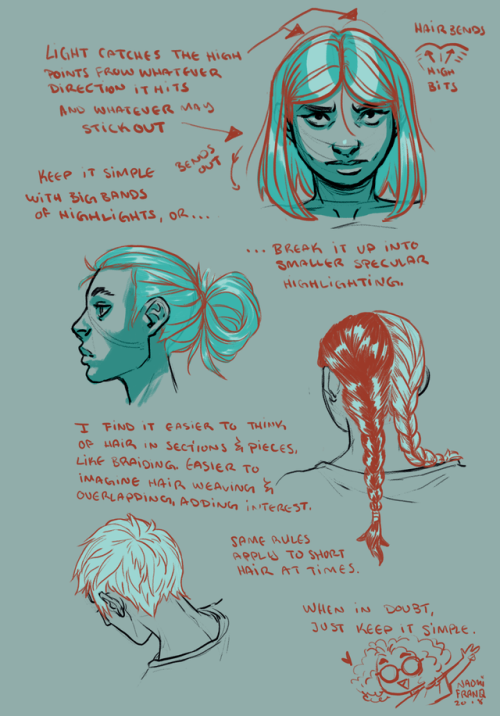
I jotted down for a friend of mine some tips and notes on how I approach drawing hair, and things I keep in mind while doing so, and thought I’d share. There are loads of other ways to do it, and the learning never stops, so I hope this helps!
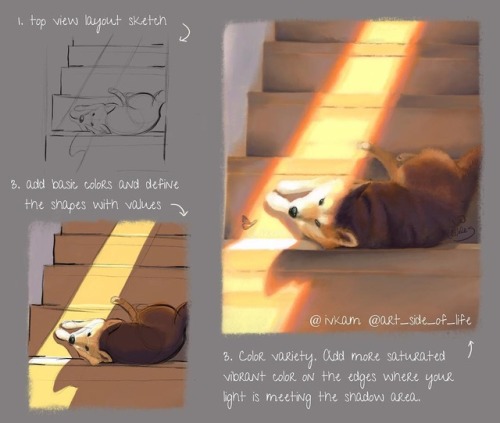
Lighting Tip by ivkam (aka Art Side of Life)




Ask and ye shall receive! I got quite a few questions about drawing noodles, but these were the first two asks in my inbox this morning! If anything is unclear because I’m terrible at explaining myself (you should hear me in person, very vague), just message me and I’ll help you. I can’t stress enough the importance of studying anatomy! Even though these are silly cartoony dragons, their anatomy is based off a ferret and a cat. If you’re struggling, do some sketches of those animals. Terryl Whitlatch is an amazing artist who has a strong focus on creature anatomy, check out how she makes amazing fantastical beasts!








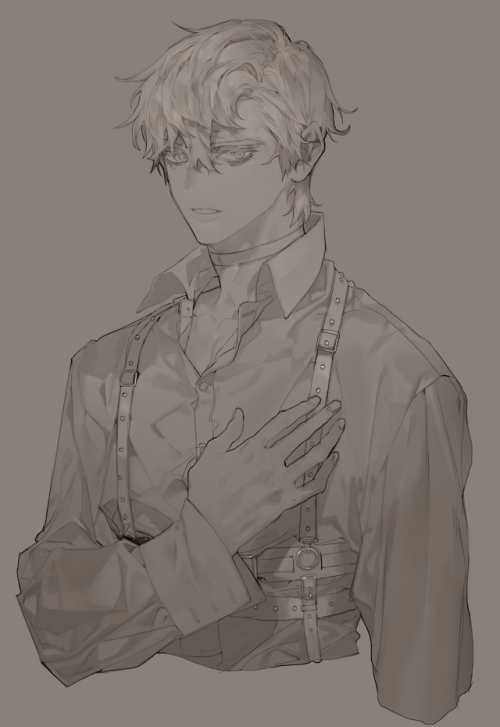
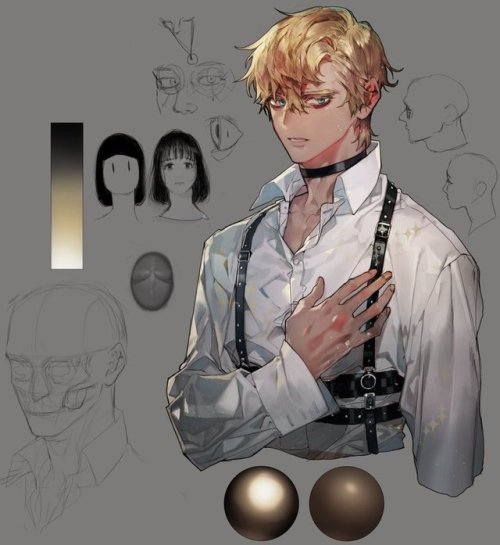
Work at academy













so this is my coloring tut *coughs* but it’s more like how i color than how to color h eck
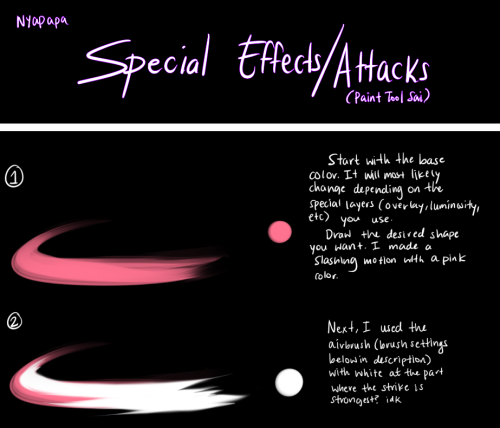
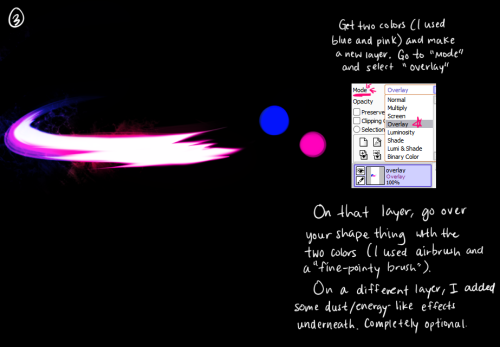
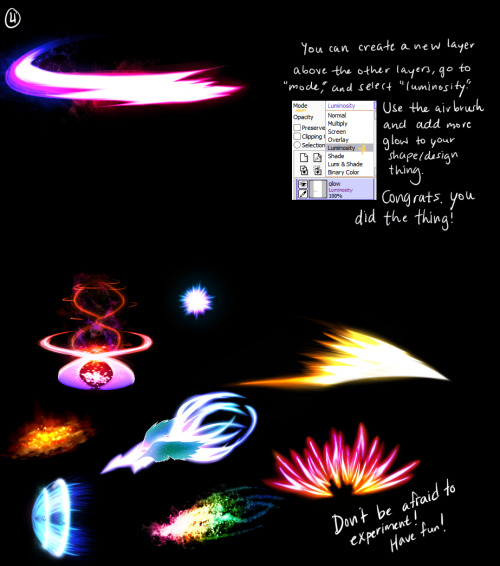
Click me for the brushes used in the tutorial A few peeps were wondering how I drew attacks in my nuzlocke comic, so I made a quick/kinda sloppy tutorial about it! Tbh it’s just me spamming luminosity and overlay layers haha ;yyy Hope this somewhat helps!
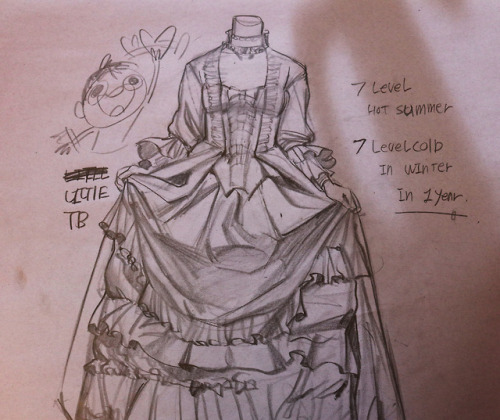
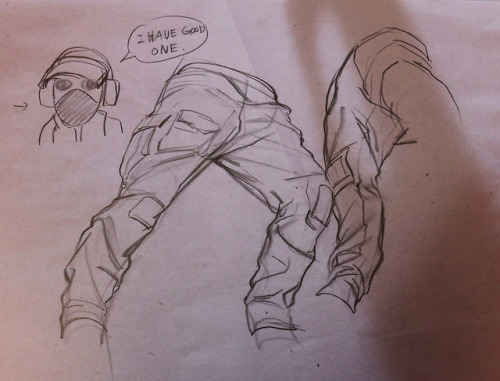
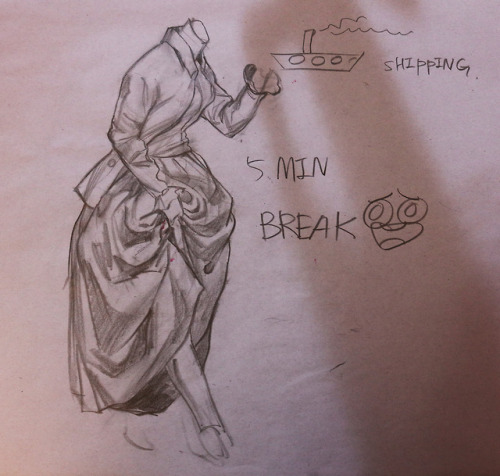
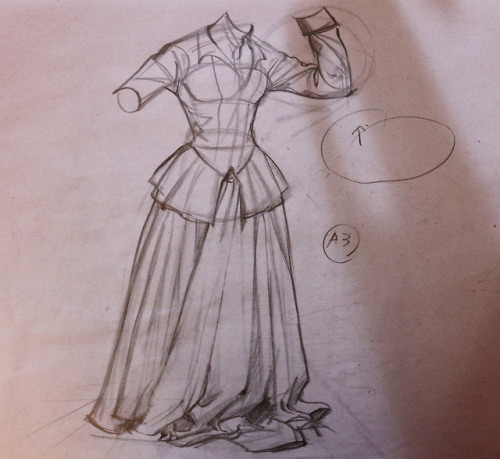
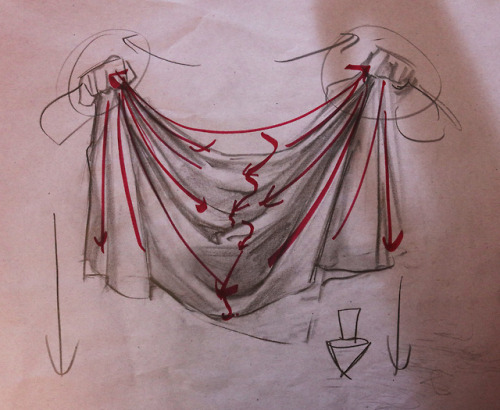
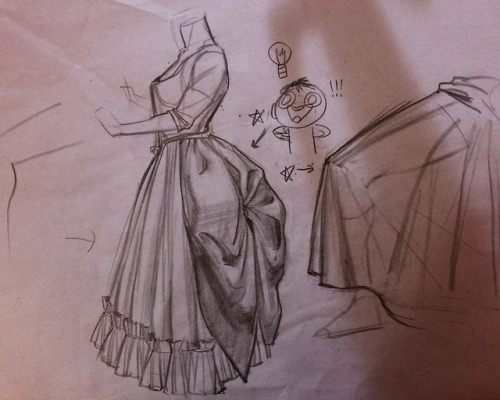
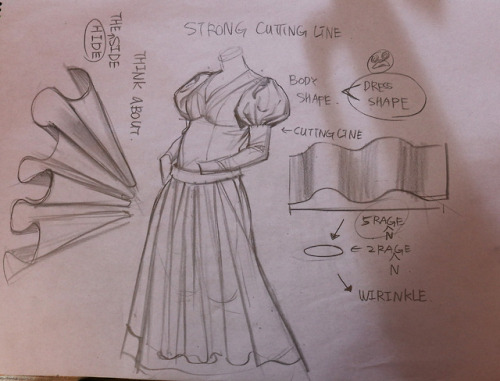
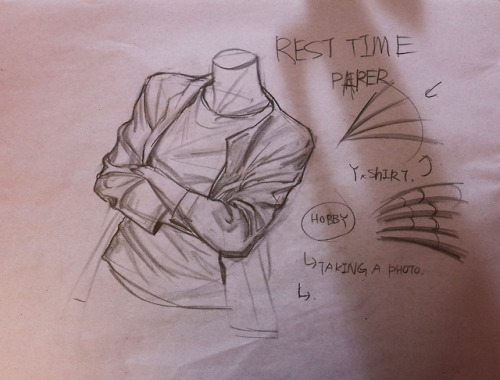
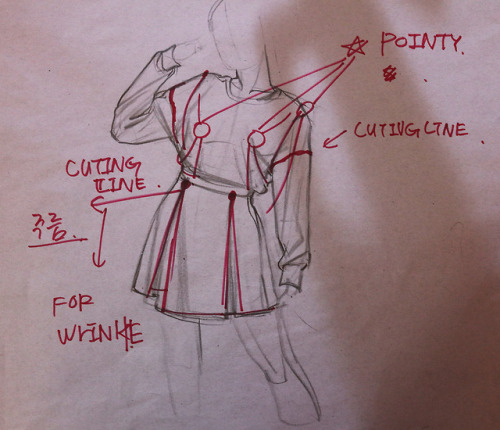
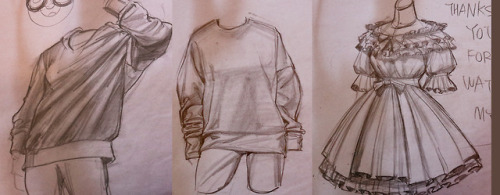

Hand pencil drawing live stream on Twitch
https://www.twitch.tv/tbchoi
Clean Line Art! Digital Inking Tips by BaM Animation
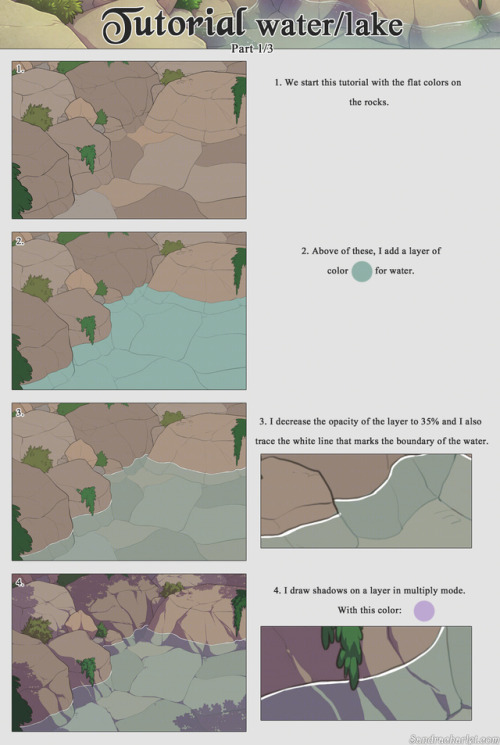
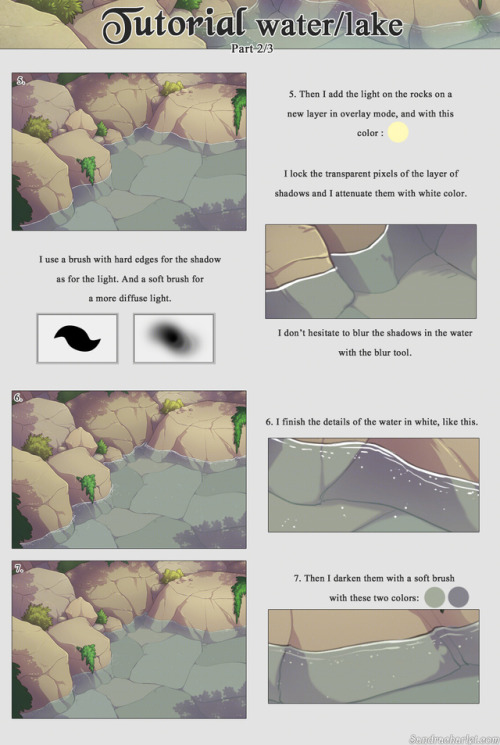
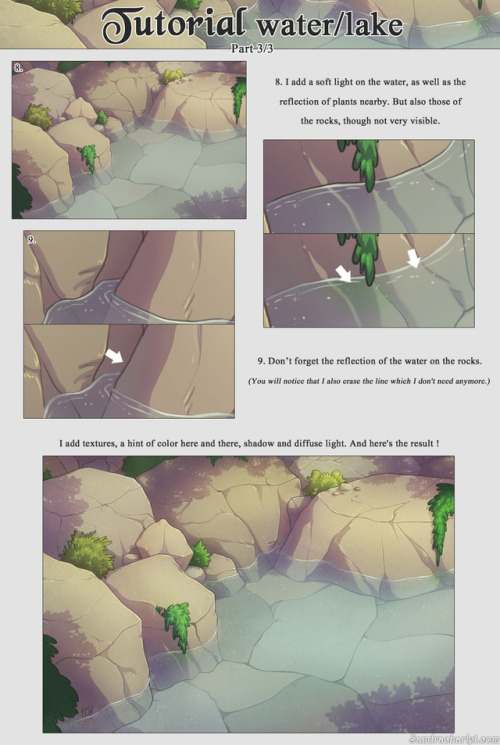
I hope this tutorial will help someone. :)





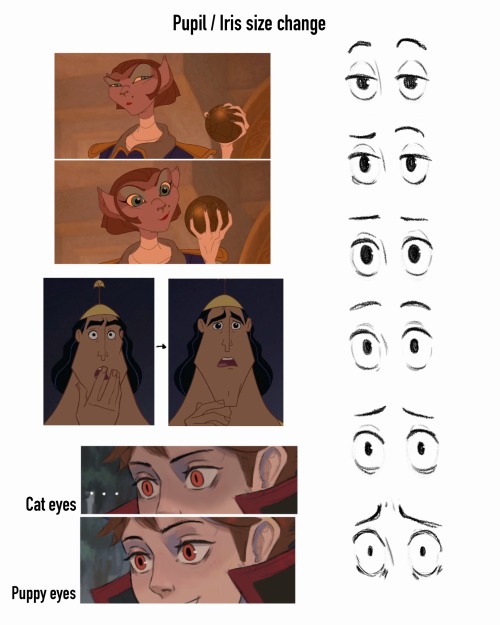
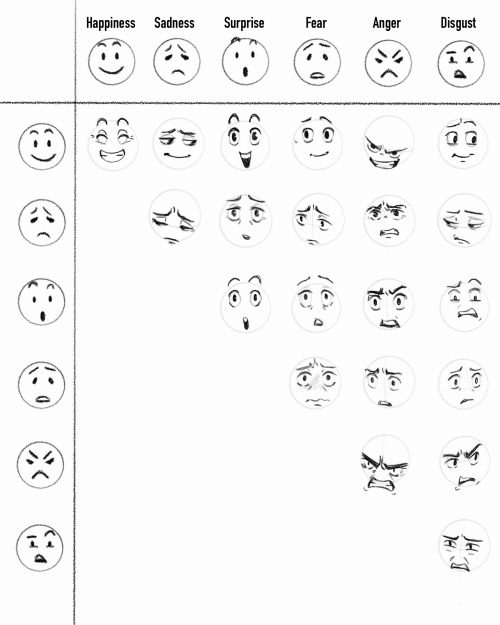
Some expression notes ! 💖 | Instagram








some puppies studies ( ͡° ͜ʖ ͡°) 🐶 | Instagram
(Edited) + more studies lkdafña




More mini notes! 📝💕 | Instagram




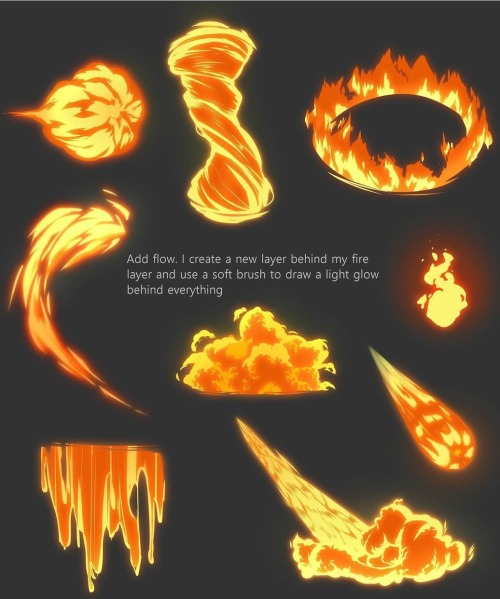



Fire Tutorial by kantakerro
Quick little video tutorial! This is a method I use to block in shapes when I’m fighting the urge to polish my lineart at an early stage, especially in rough concept art that doesn’t actually need polished lineart.
I group two layers in photoshop—a rough sketch, and a flat color—and then carve out the negative space by painting into a mask on the group, instead of filling in the positive shapes. From there I can start painting and adding shading into that group, knowing that I’ve already locked down a good initial silhouette for the object/character:

It feels like oil painting, and I end up finding silhouettes/shapes in a way I wouldn’t if I was obsessively cleaning up the linework first. Digital art has a tendency to veer towards cleanliness/polish, so I love finding little opportunities for happy accidents and a bit of mess!
I used it on my unicorn piece last month, for instance, which I think would have lost a lot of its dynamism and charm if I had worried too much about doing a full ink pass:

Hope this is at all helpful! It’s not a method I use 100% of the time, but it really helps move my process along when I do need it 👍🏼
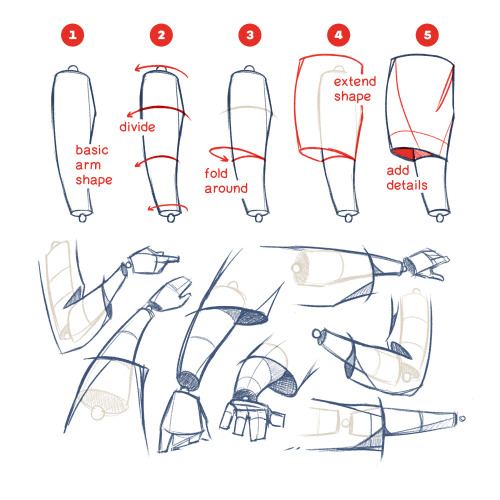
A quick guide on how I draw sleeves. Especially oversized ones. To figure out the arm’s direction, I’ll divide the arm into three sections by drawing two curved lines. I use these lines to figure out how to draw the end of the sleeve. Works every time!
MY COURSE: Dynamic Character Illustration Learn professional drawing and coloring techniques for creating dynamic characters full of movement!

Enchanted Crystal Tutorial by gregor-kari
Support the artist and follow them on Instagram!
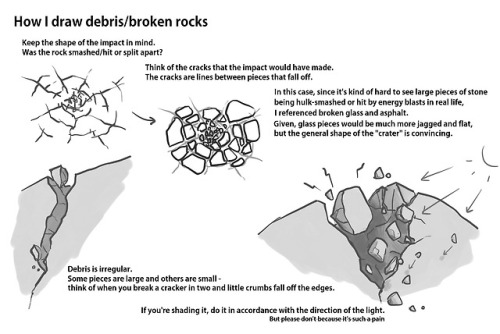
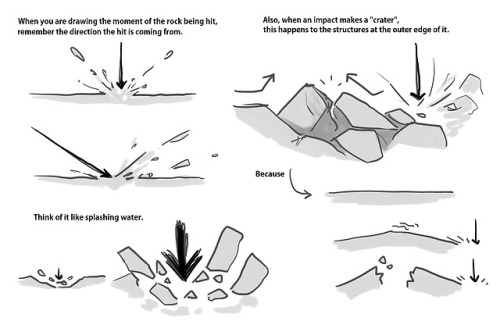
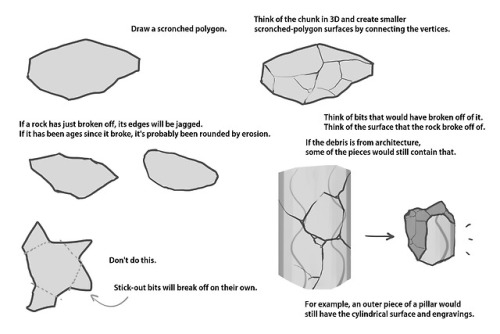
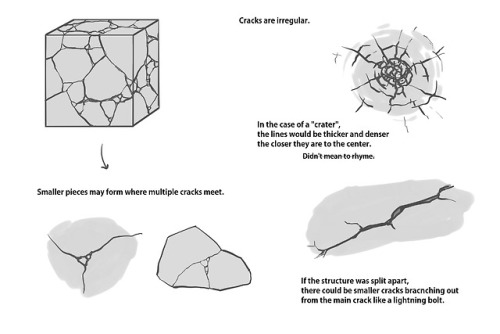
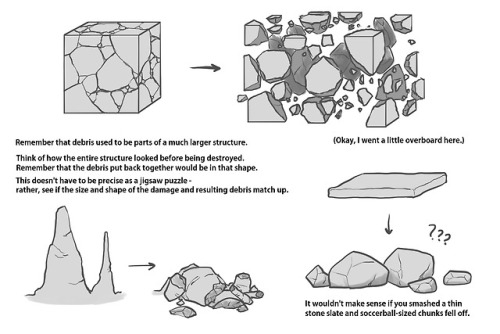
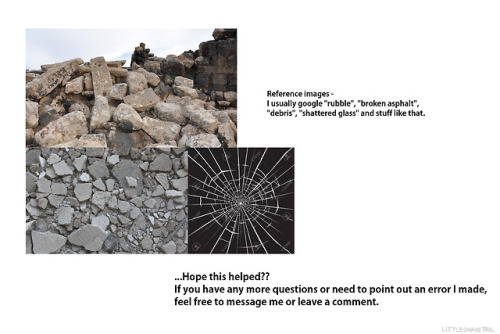
Some people asked me to do a tutorial on drawing rocks, and since I found myself drawing rocks a lot these days, I thought I would share some things that I do.
Note: I am not a professional artist nor have I received much professional instruction. I am self-learned and thus prone to error. If you see anything wrong with the above contents, feel free to point it out, and generally, take this whole thing with a grain of salt. You don’t have to draw rocks this way.
And since this is my first time making a tutorial, feedback on readability/helpfulness would also be welcome, so that I can have a better idea of what to do in case I make another one.



Asgard's favorite reptile is starring in a new Infinity Comic! 🐊 Read the first issue of 'Alligator Loki' now, then follow along with the series on #MarvelUnlimited.






Старая шутка с компа
У меня истерика




No private life!